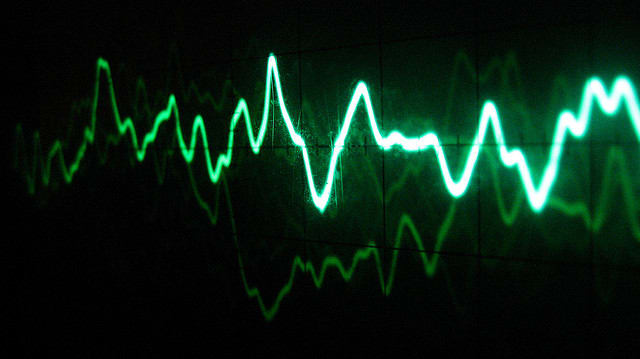Sound Waves Could Wirelessly Charge Your Next Phone
uBeam's tech sounds promising, if conspicuously short on details
 Credit:
Credit:
Recommendations are independently chosen by Reviewed's editors. Purchases made through the links below may earn us and our publishing partners a commission.
In a recent interview with Elon Musk, Stephen Colbert cited our continuing dependence on wires as the tech problem he’d most like to see solved in the coming years. The studio audience took it as a joke, but I’m not so sure that he was kidding.
Cables are everywhere, and with our ever-growing reliance on mobile technology, it seems ludicrous that we should all be tethered to our gadgets through tangle-prone strings of metal and rubber.
Take your phone. Yes, it’s a miracle of science and technology, but why does it still require a cord for charging? We should be past this by now—the technology already exists, after all.
One Los Angeles startup is hoping (yet again) to sell it to consumers. uBeam has built a fully functional prototype charging device that can power phones, cameras, laptops—pretty much any gadget—through sound waves.
This isn’t a magnetic induction charger crippled by incompatible industry standards, and it doesn't require you to put it on your desk or counter, like existing PowerMat and Qi solutions. This tech can charge your device while it's still in your pocket.
That's because uBeam uses an ultrasound transmitter that converts usable energy into super-high-frequency sound waves inaudible to human ears. A special receiver coverts those vibrations back into electricity and charges your device’s battery.

There are a few caveats, of course. For example, in the short term you’ll probably have to retrofit your gadgets with some sort of external receiver. In the future, phones, laptops, cameras, and the like could conceivably be designed with a uBeam receiver built in.
There’s also a lot of mystery surrounding uBeam’s technical details—like the frequencies it uses and their respective decibel levels. High-decibel ultrasound waves can be harmful to human health, though it seems likely that uBeam would have designed its way around this risk.
Regardless, the use of ultrasound waves as a power source is a clever appropriation of existing technology to achieve new goals. And as uBeam inventor Meredith Perry described it to the New York Times, it may also be the only way to realistically deliver truly wireless power.
“I realized that anything on the right half of the [electromagnetic] spectrum was too dangerous to beam,” she said, “and anything on the left half of the spectrum that was closer to radio was either too inefficient or tightly regulated by the government.”
According to Digital Trends, uBeam is on the verge of closing a round of Series A financing, and expects to begin production shortly.
Hero image: Flickr user "altemark" (CC BY 2.0)

